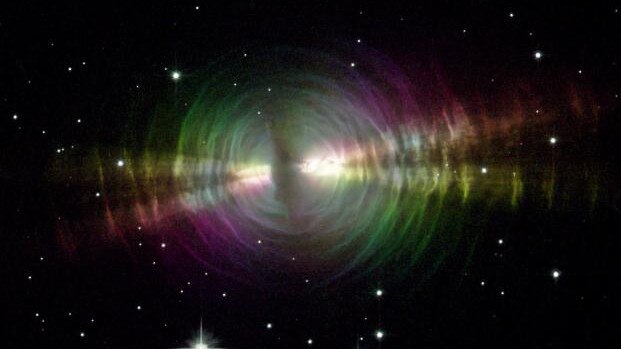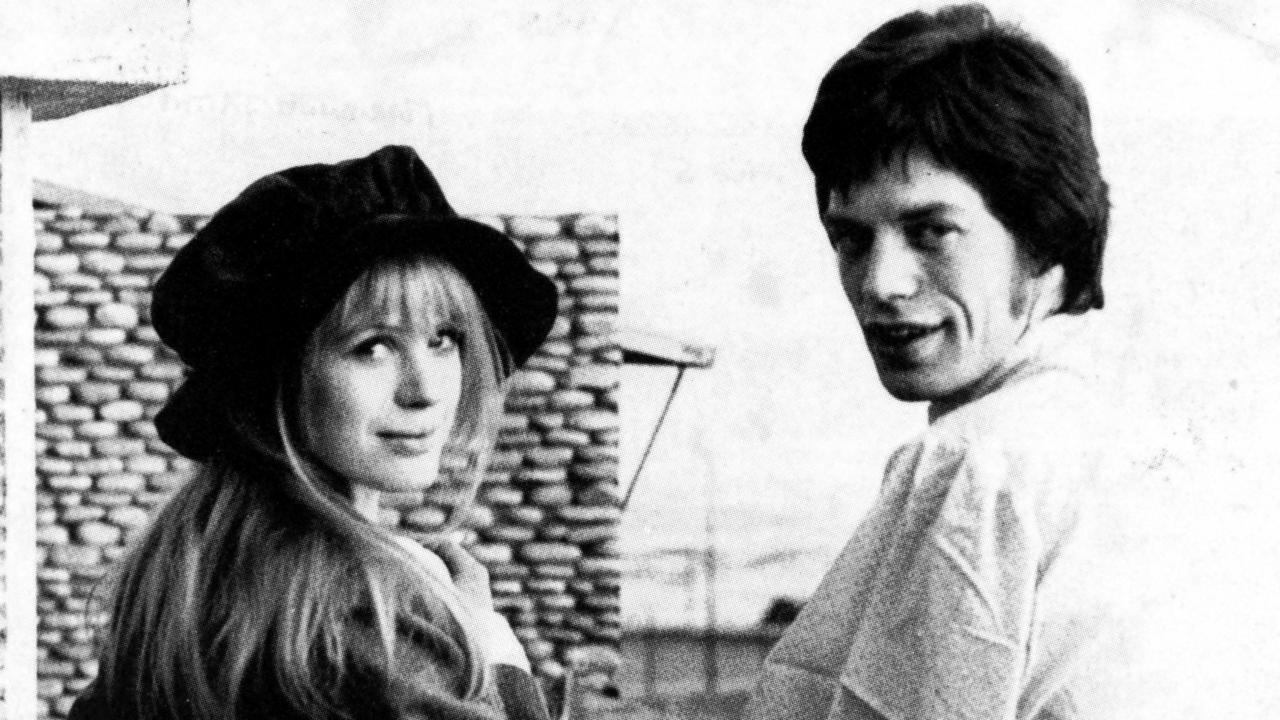Earth’s oldest stardust calls Australia home
Hundreds of millions of years before the sun was born, another star died and, amazingly, its ashes wound up in Australia.

Hundreds of millions of years before the sun was born, another star died, its last act being to fling off particles of dust that formed in its winds.
At least six billion years later, some of those particles landed in rural Australia … and now they have been identified as the oldest known solid objects on Earth.
Scientists hope that these “presolar grains” made of silicon carbide could give insights into our galaxy before it contained the sun and help better understand the formation of stars.
“These are real star samples,” said Philipp Heck, from the Field Museum in Chicago. “The carbon in the grains was produced directly in their parent star. It is still fascinating to me that nature made us this rock from which we can learn something of the history of the galaxy,” he said.
Some 4.6 billion years ago, Earth and the other planets were formed when dust and gas came together, drawn by gravity into larger and larger objects. Most of the remnants of older stardust melted and lost its original form. However, a small number of particles persisted.
Some of those that survived did so as part of a small rock, which is now known as the Murchison meteorite, named after the town where it landed. The question then was to find out how old they were.
Conventional dating techniques fail when dealing with something older than Earth itself. Instead, for a paper in the Proceedings of the National Academy of Sciences, Professor Heck and his colleagues showed that it was possible to estimate the age by looking at the signs of impact with cosmic rays.
The more impacts, the longer the grains had been floating around in space.
“It is a bit like trying to estimate the age of a car by the number of scratches from flying gravel,” said Matthew Genge, a geologist from Imperial College in London.
When the grains were analysed, researchers found an unexpectedly large proportion from the 300 million years before the solar system was created, implying a time of intense star creation.
They also found some that were billions of years older. One was estimated at seven billion years old, the oldest validated solid object on the planet.
“What is most exciting is this looks like astronomy, but actually its geology,” Dr Genge said.
“Minerals recording the birth and lifetimes of long-dead stars. These tiny little grains allow us to unravel the geological history of our galaxy.”
The Times


